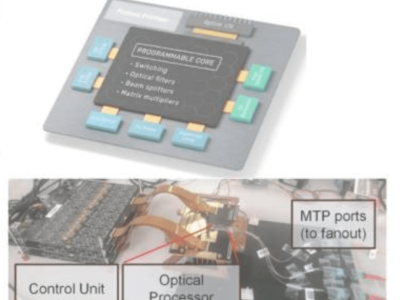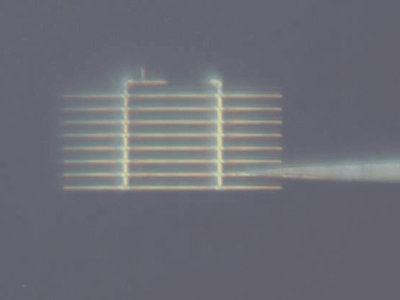
Grid cybersecurity project focuses on rooftop solar panels
The project’s goal is to develop tools to detect and counter certain types of cyber attacks on the grid – specifically those related to vulnerabilities introduced by rooftop solar panels integrated with the grid. According to the researchers, the enhanced connectivity that makes possible the increasing number of such devices that connect to the grid also opens the door to potential cyber intrusions.
Rooftop solar panel installations in the U.S. grew from 30,000 homes in 2006 to more than 1 million last year. Berkeley Lab’s focus is on the associated solar inverters – power converters that convert the direct current (DC) from the panels into alternating current (AC), which is fed back into the grid.
“Smart inverters,” which are able to both sense and communicate with the grid, have been developed that have the additional capability of automatically adjusting to grid disturbances, increasing grid reliability. While standards are now being developed for how these inverters communicate with the grid, it is this standardization that presents a vulnerability, say the researchers.
In response, the researchers are looking to develop algorithms that emulate the way hackers might use the system, but instead send opposite signals that could nullify such an attack.
“If an attacker tries to manipulate the settings in a number of photovoltaic (PV) inverters,” says engineer Daniel Arnold, a Berkeley Lab researcher and one of the leads of the project, “we’ll observe these manipulations, then identify the settings in PV inverters that have not been hacked, and finally, dispatch the appropriate settings to the inverters deemed safe in order to counter that attack.”
The researchers’ approach is based on watching for irregularities in the physical behavior of the grid.
“There are laws that govern the way the power grid operates from a physical perspective,” says Sean Peisert, a cybersecurity expert in Berkeley Lab’s Computational Research Division and principal investigator on the project. “So we leverage those insights to understand the ways in which hackers might attempt to do something to the grid.”
Ultimately, the researchers say, the algorithms would be able to monitor the grid to provide advanced warning of a possible attack. Berkeley Lab is joined on the project by a number of partners, including both utilities and manufacturers.
“As the distributed energy grid takes shape, cybersecurity risks are increasing,” says Tom Tansy, chairman of SunSpec Alliance, a trade alliance of developers, manufacturers, and service providers, and one of the project’s partners. “The work that will take place in this program leverages best practices and standards, developed by SunSpec and others, and takes them to the next level by providing sophisticated technology to maintain and enhance grid security.”
The project is part of the Department of Energy’s (DOE’s) commitment to building cyber-resilient energy delivery systems. One of 20 projects for cybersecurity on the grid announced recently, it has been awarded up to $2.5 million in funding over three years by the DOE.
Related articles:
Power grid ‘health’ monitoring needed for cybersecurity, say researchers
Hacker group ‘Dragonfly’ targeting U.S., EU energy sector
Predictive ‘health’ analytics IoT system to protect NYS power grid
Is your smart grid secured?
 If you enjoyed this article, you will like the following ones: don't miss them by subscribing to :
eeNews on Google News
If you enjoyed this article, you will like the following ones: don't miss them by subscribing to :
eeNews on Google News




